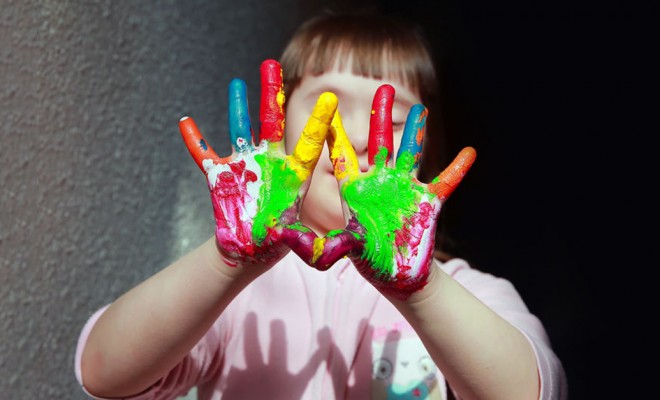
Child Development
12 Sensory Play Activities for Early Years
12 Sensory Play Activities for Early Years
- Sight sensory bottles
- Lights and torches in the dark
- Prisms, crystals, mirrors
- Listening walk
- Musical instruments
- Genres and emotions
- Five flavoured tasting
- Stinky dough
- Smelling for treasure
- Soft play assault course
- Texture walk
- Stone rubbing
Sensory play is a term used to describe any type of activities that appeal to one or more of the five senses. It can be divided into five broad categories; sight, sound, taste, auditory, and smell. Activities can be planned by early years workers and parents to provide babies and children with exciting new experiences, to build their vocabulary, improve their knowledge of the world and gain insights into their own likes and dislikes.
Here are some suggested activities that are designed to specifically appeal to one of the senses:
Visual Activities
Sight is the most commonly stimulated sense. From birth, babies are given brightly coloured objects to look at. Sight is one of the most important senses and is an intrinsic part of most childhood activities. These fun activities are designed to help children develop their visual skills:
1. Sight sensory bottles
Encourage children to have fun experimenting by filling plastic bottles with water and adding food colouring, glitter, washing up liquid to create bubbles. Children can learn by observing bubbles, mixing colours and watching glitter sink to the bottom of the bottle.
2. Lights and torches in the dark
Set up a den in one corner of the room, with dark blankets or sheets and provide plenty of torches, nightlights, and fibre optic wands. In winter, when the evenings are darker, take the opportunity to go for a walk in the dark with torches and watch the stars.
3. Prisms, crystals, mirrors
Introduce young children to the wonders of physics by shining a light through a prism, so that it splits and creates a rainbow. You could make visually stimulating mobiles by attaching crystals and mirrors to a mobile; on a sunny day, the light will magically bounce around the room in an entrancing way.
EYFS Developmental Milestones – Download Free eBook
Auditory Activities
Targeted auditory sensory activities are an excellent way of improving children’s listening skills, which are invaluable to life. Try the following activities to further enhance these skills:
4. Listening walk
Encourage children to notice and count all the sounds that they hear around them on a walk outside.
5. Musical instruments
Set up a table with a wide range of simple musical instruments, such as drums, tambourines, ocarinas, although you might want to avoid screechy descant recorders for your own sanity!
6. Genres and emotions
Play different genres of music to children and discuss how it makes them feel.
Tasting Activities
Taste sensory activities are a fantastic opportunity for children to experiment with different tastes and textures of foods.
7. Five flavoured tasting
Prepare a special tasting session for toddlers with items from each category of taste: sweet, sour, salty, savoury and bitter. Examples of foods that you could include might be mango, lemon, pretzels, unsweetened cocoa, and salty popcorn. Invite a discussion about the various foods to extend their vocabulary.
Smelling Activities
Children’s sense of smell is closely connected to their sense of taste and is linked to cognitive development. It also has strong associations to memory and emotions.
8. Stinky dough
Add a few drops of essential oil to playdough; the scent will be released when the dough is played with. -this activity is great for developing the senses of smell and touch!
9. Smelling for treasure
Babies love exploring treasure baskets; introduce deep baskets containing safe and interesting objects for them to independently explore with their hands. Try creating a fragrant treasure basket with interesting smelling objects, such as a sweet smelling lump of beeswax, an orange or a pine cone.
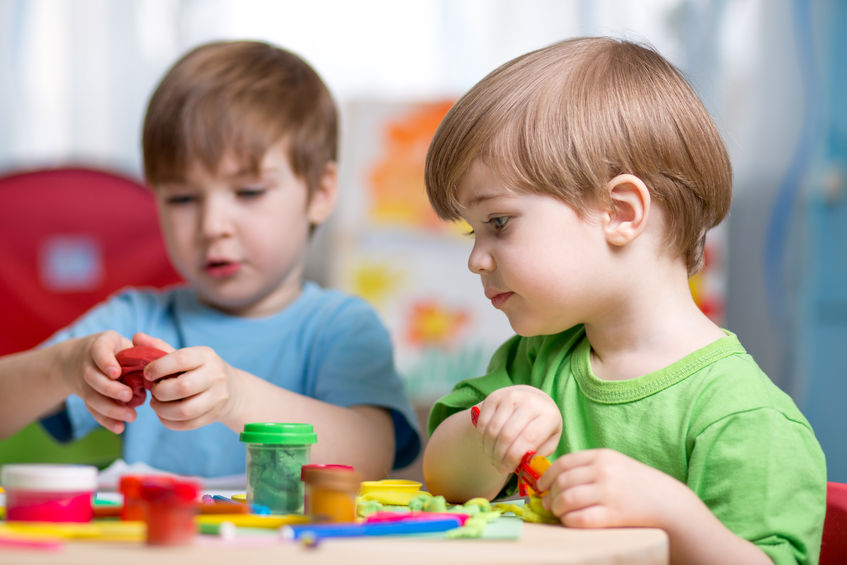
Tactile Activities
In the early years world, sensory play has become almost synonymous with messy play activities, such as shaving foam, finger paints and hiding small objects in compost. Although there is certainly plenty of value in these activities, some young children dislike the sensation of wet and gloopy textures. There is, however, much more to touch/sensory play activities than messing around with cold spaghetti or finger paints as the benefits of tactile sensory play can enormously help cognitive and physical development.
10. Soft play assault course
Have children complete an assault course, immersing themselves in ball pools, squeezing through narrow tunnels and jumping onto soft mats – great for developing full body gross motor skills and confidence. In the summer, a day at the beach offers multiple sensory activities; the feel of the warm sun on skin, differing textures of wet and dry sand, and the sensation of cold waves on toes.
11. Texture walk
Take pre-school children on a texture walk to spot things with differing textures, such as a rough stone wall, a prickly holly leaf, a smooth metal gate.
12. Stone rubbing
One tried and tested way of getting children to notice textures and to encourage creativity, is to use wax crayons and paper to make a rubbing of the surface of a dry leaf or stone. Simple but effective!



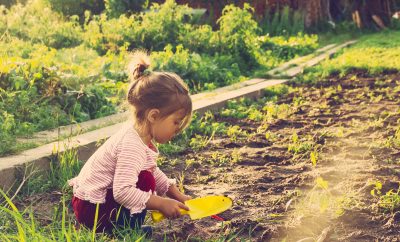
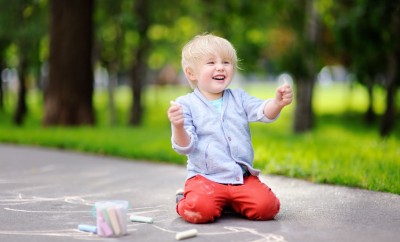
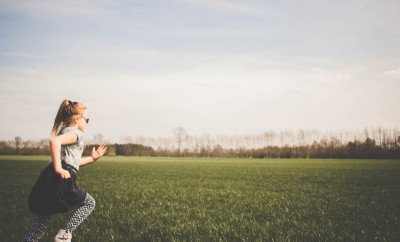

You must be logged in to post a comment Login